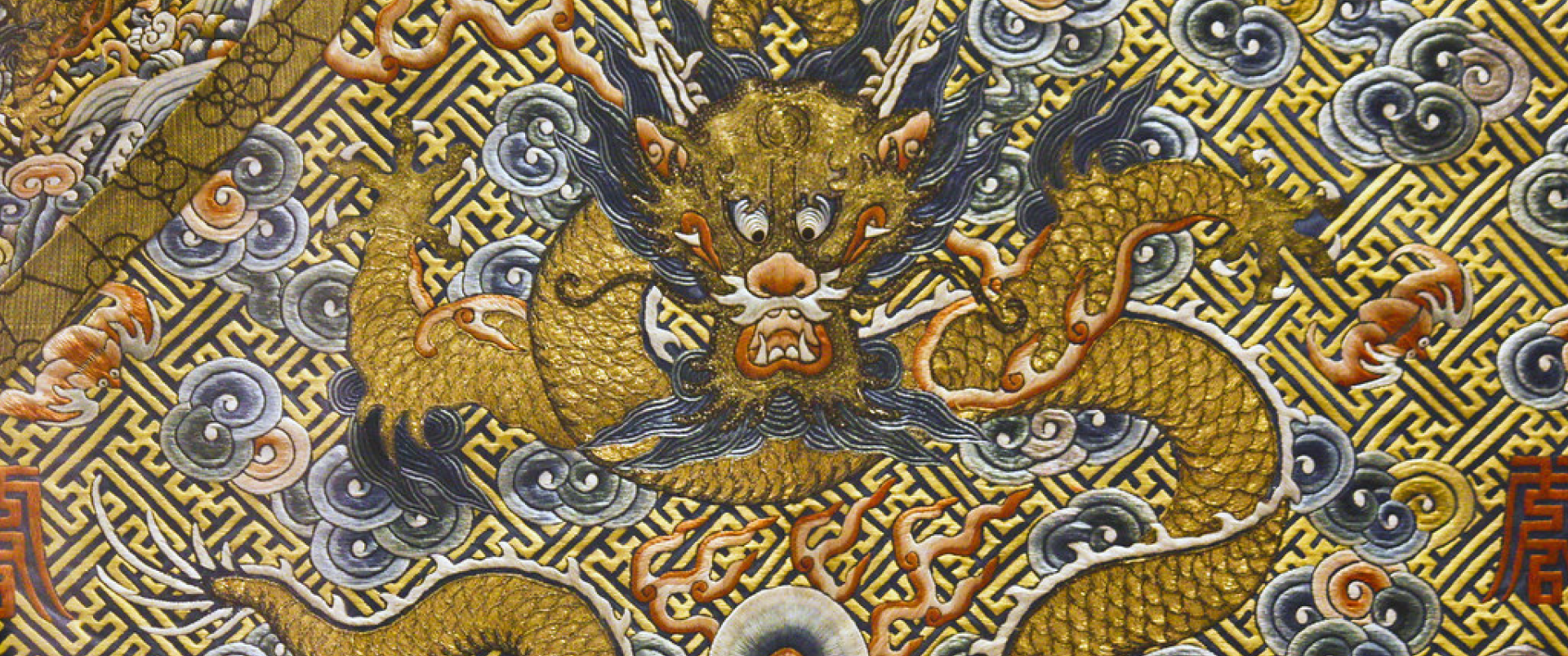Written by Alexandra | 15th February 2024
In 2024, Lunar New Year falls on the 10 February, marking the start of the Year of the Dragon. Of the 12 Chinese Zodiacs, the dragon is the only one that is not a real animal. However, it still has a significant impact upon populations that take the legend of the dragon to their hearts. To celebrate the Year of the Dragon, Catawiki presents a special collection.
A deep-rooted history in Chinese mythology
Although widely known as the symbol for the Emperor of China, the dragon has a long and rich history in Chinese mythology and culture, extending much further than its association with imperial powers. In China, and other parts of east Asia, dragons symbolise power and authority, but are also auspicious and bring prosperity. This is in stark contrast to Western culture’s early perceptions of the animal, where they were considered evil in folklore. Nevertheless, dragons have a more multifaceted image now, largely due to the cultural exchange between East and West in modern times. This is something that any fan of the television series “Game of Thrones” can attest to.
A complete collection of Game of Thrones Scotch Whiskeys set
The origin of the dragon
Several theories have been proposed to explain the origin of Chinese dragons, many of which are centred on the worship of reptiles associated with water. The earliest dragon-like image in archaeology was found in China, from the Xinlongwa culture (c. 6200—5400 BCE). By the time of the Yaoshao (c. 4700-2900 BCE) and Longshan (c. 3000-1900 BCE) cultures, the appearance of dragon imagery was widespread
 Jade pendant of pig mouth dragon from Hongshan Culture (circa 4700 to 2900 BC)
Jade pendant of pig mouth dragon from Hongshan Culture (circa 4700 to 2900 BC)
The different types of dragon
Although the image of the dragon was largely established by the Zhou dynasty (1046-256 BCE) as a snake-like creature with four feet, the appearance of the dragon in China can vary. It is a common saying in China that “The dragon has nine sons and they are all different”. Therefore, don't be surprised if various works of art feature dragons that don't look alike.
 Charger plate - Enamel
Charger plate - Enamel
Emperors and their dragons
The association of Chinese dragons with imperial power can be traced back as far as the time of legendary kings (before 2000 BCE) in China. These kings were often said to be riding on or appearing with dragons. Throughout Chinese history, many emperors have claimed relationships with dragons in one form or another. In extreme cases, emperors were said to be conceived between the mother and dragons, such as the first emperor of the Han dynasty, Liu Bang. However, not until the Ming dynasty did the use of dragon-themed decoration become dominant in imperial court. Later, in the Qing dynasty, the application of dragons in imperial clothing and items used in the palace were strictly regulated. It is often said that only an emperor or those very close to him were allowed to use the decoration of dragons with five claws. Children of the emperor or other nobility were permitted to ornament with a four-clawed dragon.

We hope the Year of the Dragon brings you happiness and prosperity.
龙年快乐, Happy Year of the Dragon.
____________________
Explore our range of Asian and Chinese art in our weekly auction or register as a seller.
Discover more Asian art | Chinese art
You might also like:
A guide to the Chinese zodiac through art
